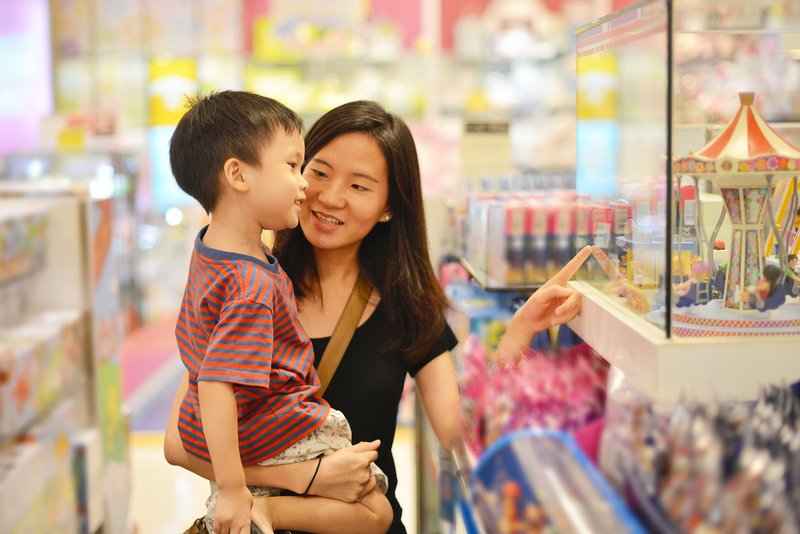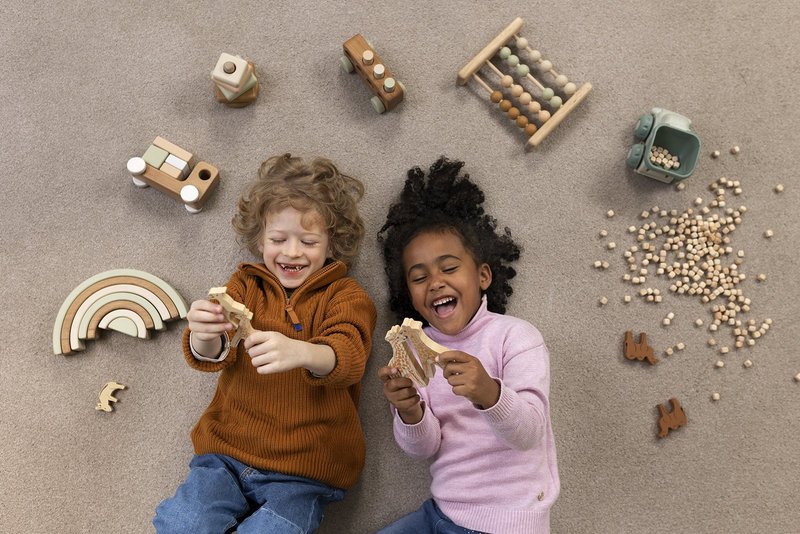
Why Some Products & Trends Come Around Again And Again
The interplay between play behaviour and the toy market
by Steve Reece
So much has changed in the world since the turn of the new millennium. If time travel was possible, transporting someone from back in 2000 to today would be quite a bewildering experience. Smart phones, TV on demand and streaming, user generated content, e-commerce and so much more has revolutionised life for people. Yet for some reason the same types of Toy products and trends recur.
Media consumption habits drastically changed by technology

Media consumption has been revolutionised for children over a single generation, and with content having a massive influence on the Toy industry for decades, this has been highly impactful. Whereas children used to sit in front of a single TV watching scheduled programming, they can now select from literally millions of videos on any kind of topic that they are interested in. Brands are coming from many more places – Apps, YouTubers, Influencers – as well as more traditional media platforms and sources like movies and scheduled TV.
Social media has also significantly changed cultural norms and attitudes. Fair and accurate representation is now engrained in children’s entertainment and Toys. Whether you like that or not, you can’t avoid it. When we look at how social media has changed children, we can see two sides of the same coin – empowerment and disempowerment. Group speak is definitely a thing, and woe betide any person who goes against the grain, but on the flip side, inequities and unfairness have been largely reduced.
Why many products and trends keep on recurring
The question then is if so much has changed, why do so many Toy and Game play patterns remain the same? Why haven’t play patterns and Toy categories been equally revolutionised by Technology?
Toys serve persistent play patterns

The answer to that question can be found in the fundamentally beneficial experience of playing with classic Toy play patterns. From Action Figures & Dolls which allow children to role play, express their emotions and learn how to interact with other people, through to the many cognitive and social benefits of playing board games through to Creative Play activities like dough or Art & Craft Kits, which facilitate and advance creative expression and structured approaches to creating something new.
The reality is that these play patterns tap deep into the needs and wants of both parents and their children. Children want to explore, imagine, socialise and have fun. They also want to earn parental/teacher approval and to try to excel. Parents want to give their children the best start to life they can, with all the help they can give to enhance their child’s development and educational needs. Technology has not fundamentally affected these areas which attract both parents and children to Toys & Games.
The product life cycle is influenced by performance evaluations

When we look at specific products & trends, they often come and go due to the challenge of balancing expectations versus reality. Often a product which has seen big success is judged a failure at the point when sales start reducing, even if they reduce from a massive peak. If a best-selling Toy drops from being THE bestseller to selling half that volume, excess inventory and clearance activity can often lead to the fading away of that product, brand or trend. But when the manufacturer and their retail customers look back at that product a few years later they can see that it was actually a complete success, and clearly justifies a re-launch. Some products follow this path for generations!
The transient consumer dynamic is a speciality of the Toy market

The other factor to consider is that if the average life of a major trend or hit product at the peak is one or two selling cycles, by which time the consumer market is largely saturated, then a few years later in the world of children’s Toys we get 100% consumer renewal as our previous consumers grow out of Toys, and their younger siblings grow into Toys. This transient consumer dynamic is fairly unusual versus standard consumer products categories. So when the manufacturer and retailers look at relaunching a long-established product, trend or play pattern, they know that the product is proven, fun and fulfilling for children and acceptable to their parents, they know it can sell big volumes and they know they now have a completely new consumer base – fundamentally that is why some products and trends keep on recurring in the market time after time.
Many toys fascinate for a lifetime
The Spielwarenmesse shows just how diverse the toys that bring people joy are. Whether in the categories Collectibles, Premium Collectibles, Creative Fantasy or Tabletop Games. Even when a trend goes, the fans stay.
Discover the idea of "Life's a Playground® - Toys for Kidsters, Kidults & Co."
More information about Life's a Playground
About the author
Steve Reece has worked in the toy business since the late 1990s. He previously worked for Hasbro, managing iconic brands including Monopoly, Trivial Pursuit & Play-Doh across Europe. He has delivered $hundreds of millions in incremental sales for his employers, clients and partners over time. Steve appeared twice as an Expert Witness on toys & games for the UK Royal Courts of Justice and the courts of Hong Kong. He has extensive experience across toys & games including marketing, consumer insight, sales, licensing, sourcing and more. Today Steve runs Kids Brand Insight, a leading Consultancy helping toy & game companies profitably grow.



![[Translate to Englisch:] [Translate to Englisch:]](/fileadmin/_processed_/5/f/csm_20231017_Teaser_f3dd25124f.jpg)
